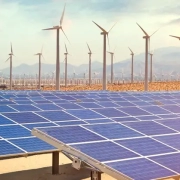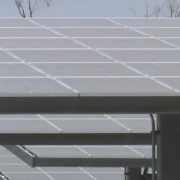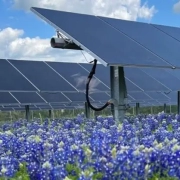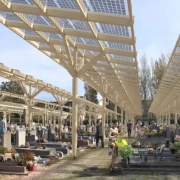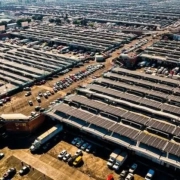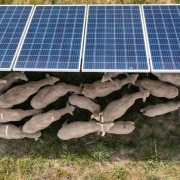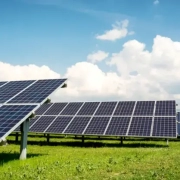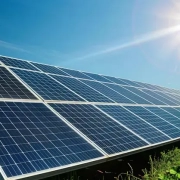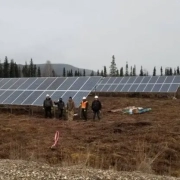California, once again, is leading the nation with its ambitious clean energy goals, which include calling for net zero emissions and 100% clean energy by 2045. Success will require exponential growth in battery storage facilities, solar power, electric vehicles, smart buildings and more – fueled by investment by both the private and public sector.
Perhaps surprisingly, one of the leading businesses helping with this transition is our company, Prologis, which is the global leader in logistics real estate. Actually, we are uniquely positioned to accelerate clean energy projects throughout Southern California to both serve our customers and help the state meet its far-reaching goals. Southern California is Prologis’ largest market, and the company has adopted- ed our own ambitious goal to have net zero emissions across our value chain by 2040 – five years earlier than the state’s climate plan.
Click here to read the full article
Source: Los Angeles Business Journal
—
If you have any questions or thoughts about the topic, feel free to contact us here or leave a comment below.

